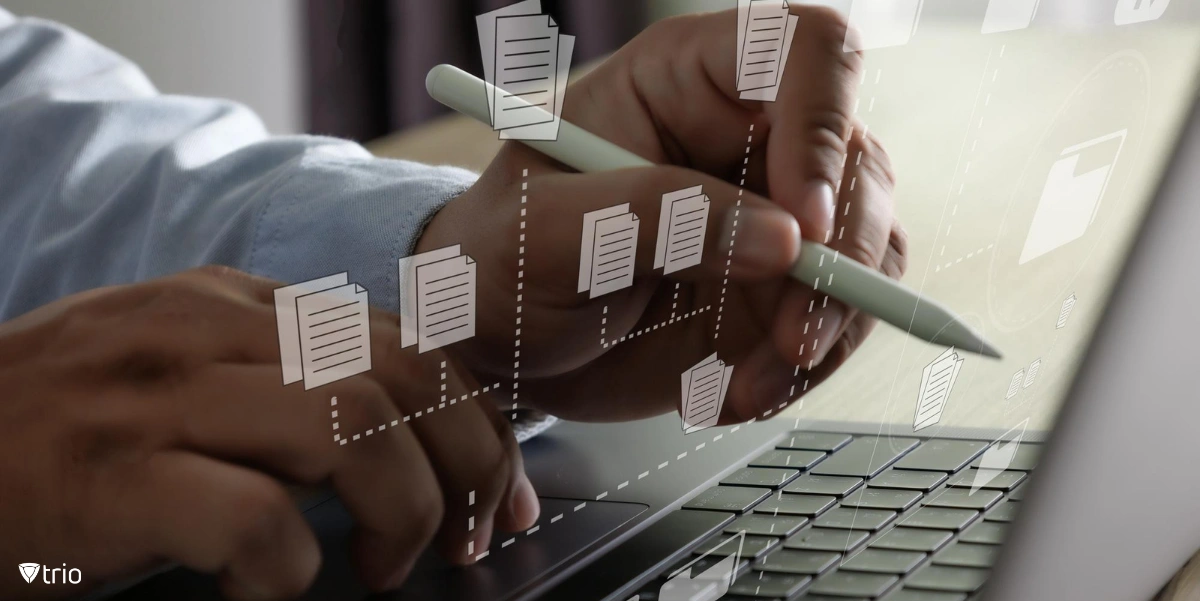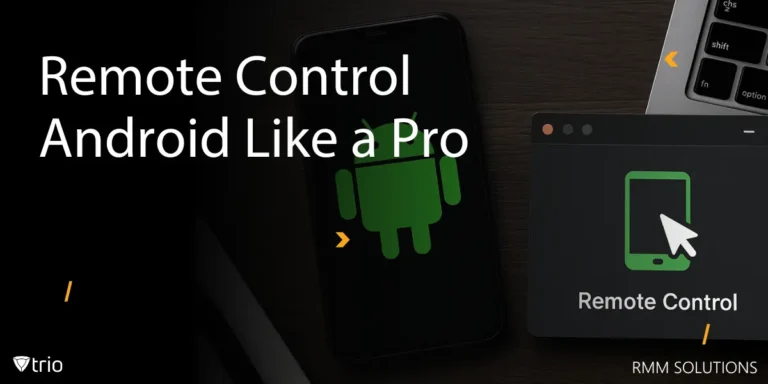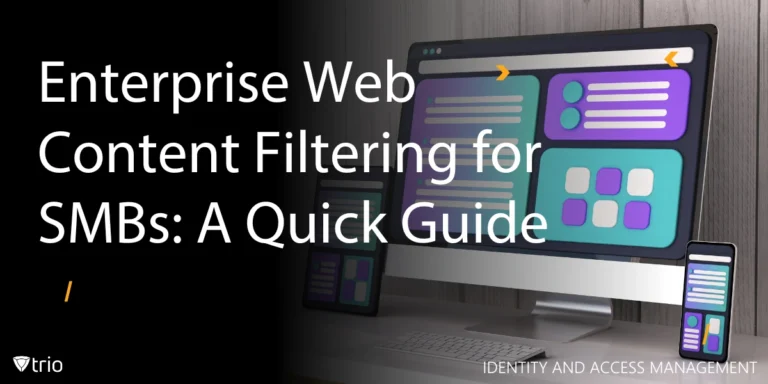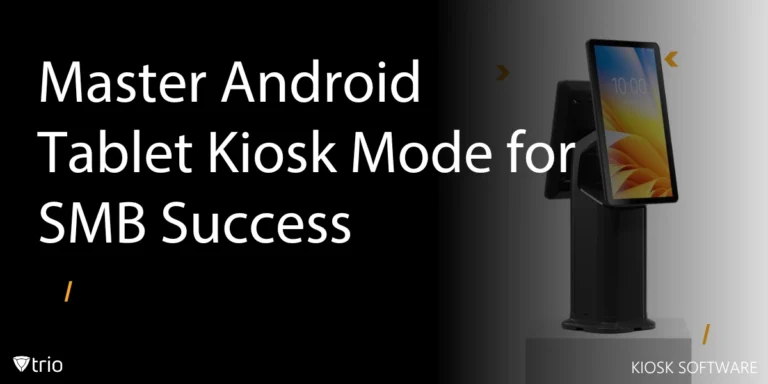Document Lifecycle Management (DLM) is an integral part of any organization's operation, playing a significant role in maintaining the efficiency, integrity, and accessibility of valuable information. This article takes a closer look at the concept of DLM, its stages, best practices, and the role of Mobile Data Management (MDM) in DLM.
Introduction to Document Lifecycle Management
Document Lifecycle Management is a systematic approach to managing and controlling documents throughout their lifecycle within an organization. It encompasses a wide range of activities, including creation, storage, retrieval, revision, and distribution, eventually leading to archiving or destruction of documents.
The significance of DLM is evident in the modern business landscape, where digital transformation is driving organizations to reevaluate their document management strategies. An effective DLM strategy ensures that documents are readily available, accurate, and secure, thereby promoting operational efficiency and regulatory compliance.
Stages of Document Lifecycle Management
Understanding the stages of the document lifecycle is fundamental to implementing an effective DLM strategy. While the number of stages may vary depending on the specific needs and operational model of an organization, the following are typically involved:
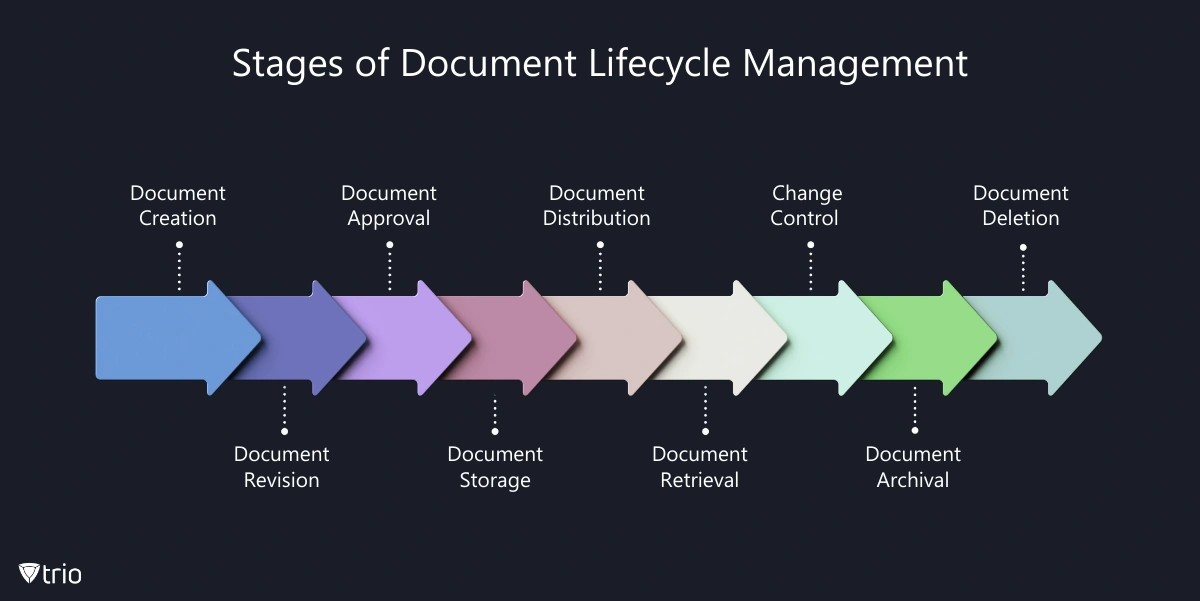
- Document Creation: This is the first stage, where a new document is developed, or information is captured in an organized manner.
- Document Revision: At this stage, existing documents are updated and modified to ensure their accuracy and relevance.
- Document Approval: This involves reviewing and accepting the document to ensure it meets the required standards and quality.
- Document Storage: Here, the document is securely stored and organized for easy access and retrieval when needed.
- Document Distribution: This involves sharing and editing the document with relevant users.
- Document Retrieval: At this point, the document is accessed for reference or further usage.
- Change Control: This is the stage where modifications and updates to the document are managed and controlled.
- Document Archival: Here, documents are saved for future reference or regulatory purposes.
- Document Deletion: This is the final stage where obsolete or no longer needed documents are deleted or destroyed.
Document Lifecycle Management Best Practices
Implementing DLM best practices can significantly enhance the efficiency and effectiveness of document management processes in an organization. Here are some essential best practices to consider:
Define Document Types and Retention Policies
It's essential to define the different types of documents within an organization and set appropriate retention policies for each. This ensures that documents are stored for the required period and properly disposed of when no longer needed.
Implement Access Controls
Access controls are crucial for maintaining the security and integrity of documents. By defining who can access, modify, and delete documents, organizations can prevent unauthorized access and potential data breaches.
Leverage Document Management Software
Using document management software can greatly enhance the efficiency of DLM processes. Such software offers features like version control, search functionality, and automated workflows, which can save time and reduce the risk of errors.
Establish a Version Control System
Maintaining multiple versions of a document is essential for ensuring that the most recent and relevant version is easily accessible. A sound version control system allows for tracking and archiving of previous versions, preventing confusion and potential disputes over the most current version of a document.
Regularly Review and Update Documents
Documents need to be regularly reviewed and updated to ensure their accuracy and relevance. This helps to identify any gaps in information and ensures that documents are consistent with regulatory requirements and company policies.
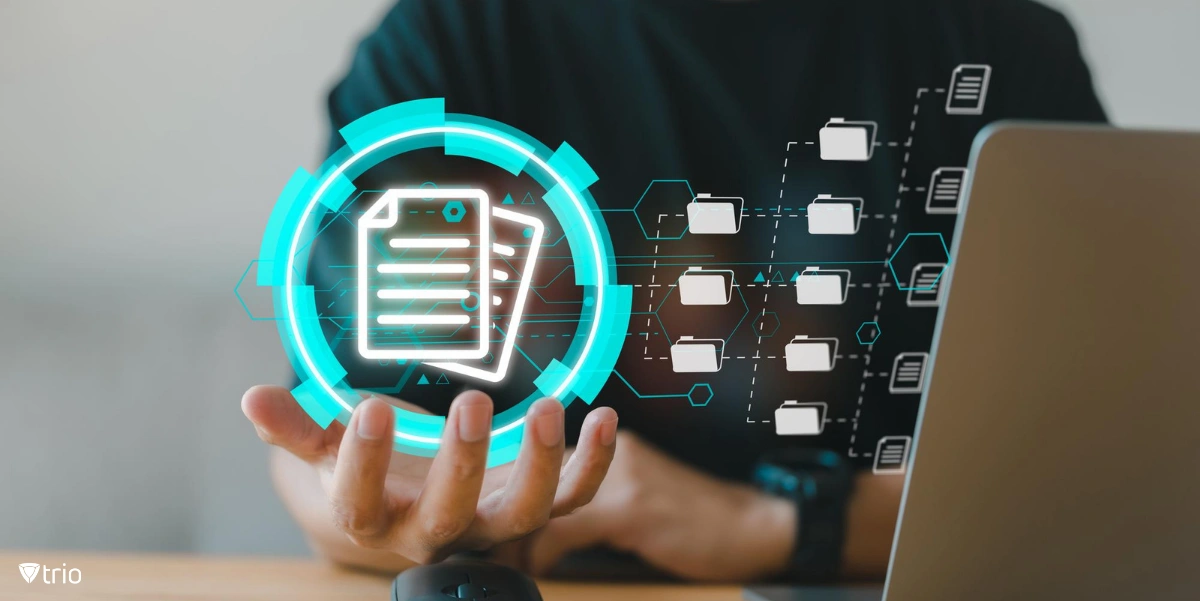
Role of Master Data Management in Document Lifecycle Management
Mobile Data Management (MDM) plays a crucial role in DLM by providing a unified view of critical business data across different systems and processes. By centralizing mobile data, MDM ensures data consistency and accuracy, which is essential for efficient DLM.
One such solution is the Trio MDM solution, which offers a comprehensive suite of tools for managing mobile data. With features like data governance, data quality, and data integration, Trio MDM enables IT administrators and companies to streamline their DLM processes, enhance data accuracy, and ensure regulatory compliance.
To witness firsthand the positive impact that such a system can have on your operation, you're invited to try out Trio’s free demo and see how you can make a difference in IT automation at your organization.
Document Lifecycle Management: Conclusion
Document Lifecycle Management is a critical aspect of information management that ensures the availability, accuracy, and security of documents in an organization. By understanding the stages of the document lifecycle and adopting best practices, organizations can enhance their DLM processes and achieve better operational efficiency. The integration of MDM solutions like Trio MDM further improves the efficiency and effectiveness of DLM, making it a vital aspect of modern business operations.
Get Ahead of the Curve
Every organization today needs a solution to automate time-consuming tasks and strengthen security.
Without the right tools, manual processes drain resources and leave gaps in protection. Trio MDM is designed to solve this problem, automating key tasks, boosting security, and ensuring compliance with ease.
Don't let inefficiencies hold you back. Learn how Trio MDM can revolutionize your IT operations or request a free trial today!
